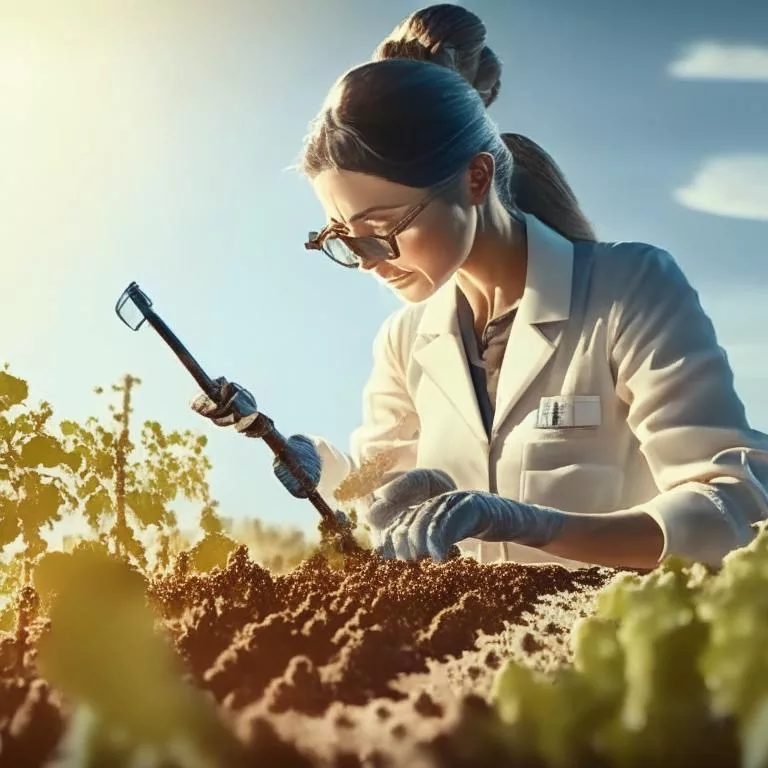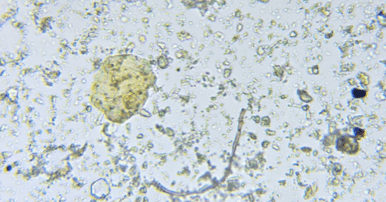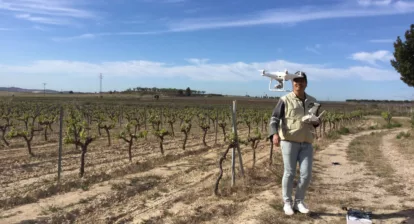
Concept
There is a global consensus that the mitigation of climate change can be done through a collective shift towards Evidenced Regenerative Agriculture, considered to become the future of agriculture. This strategy would drastically reduce CO2 emissions, eliminate fertilizers and pesticide use, reduce energy consumption, and preserve soil.
A shift towards Evidenced Regenerative Agriculture is only possible when all farmers in the community adopt the rules and share multiple risks associated with the transition. This requires unprecedented coordination between scientists, technology providers, and farmers.
Regenerative Ag Practices
Regenerative agriculture is an approach to farming that works to restore the health of the soil by minimizing the use of chemical fertilizers and pesticides. These practices and solutions are helping to ensure that vineyards are healthy and productive for years.
Some of the basic practices include:
- Cover crop management: Cover crops can be used to add organic matter to the soil, reduce erosion, and improve soil structure. Technology such as GPS mapping and precision seeding can be used to optimize cover crop planting and management.
- Composting and vermiculture systems: These systems can be used to turn vineyard waste and other organic materials into nutrient-rich compost and vermicompost, which can be used to improve soil health and fertility.
- Reducing tillage to reduce soil compaction involves minimizing the amount of soil disturbance that occurs during farming operations. This can be achieved through a variety of techniques, such as planting cover crops, using reduced or no-till planting methods, and incorporating crop rotations.
Cover crops help to reduce soil erosion and add organic matter to the soil, while compost can help to improve soil fertility and microbial life. Reducing tillage helps to prevent soil compaction and improve water absorption. By reducing soil compaction, farmers can improve soil permeability and water retention, which can lead to better plant growth and higher yields. Additionally, reducing tillage can also help to reduce erosion and runoff, as well as improve soil biodiversity and fertility. Furthermore, reducing tillage can also lead to energy savings, as it requires less machinery and fewer passes over the field. This can help to reduce greenhouse gas emissions and reduce the environmental footprint of farming operations.
Tech Solutions
In addition to traditional farming practices, vineyards can also employ innovative technologies to help protect the soil.
There are various technological solutions that can aid in the implementation of regenerative agriculture practices in vineyards:
- Precision agriculture: Utilizing technologies like remote sensing, and GPS mapping to monitor and manage vineyard operations. These technologies help farmers to collect data on soil quality, weather patterns, and crop health, which can be used to optimize planting, fertilization, irrigation, and pest management.
- Soil sensors: These sensors can be placed in the vineyard soil to measure moisture, temperature, and other parameters that impact vine health and growth. This information can be used to optimize irrigation and nutrient management practices.
- Digital tools for vineyard management: Software applications that allow farmers to track and manage various aspects of vineyard operations, such as yield tracking, pest management, and labor management.
- Microbiology allow farmers to understand the complex and dynamic interactions between plants, soil, and microbes. Metagenomics can be used to analyze the soil microbiome and identify key microbes that play a role in soil health and fertility. This information can then be used to inform management practices that promote the growth of beneficial microbes and suppress pathogens. These microbes can then be selectively managed to improve soil fertility and plant health.
The use of these technologies can help farmers to produce high-quality grapes while also reducing their environmental footprint. By employing regenerative agriculture practices and innovative technologies, vineyards can ensure that their soil remains healthy and productive for years.
Regenerative agriculture is not a one-size-fits-all solution, but rather a holistic approach that takes into account the specific conditions and characteristics of each individual piece of land. Unlike traditional agriculture, which often relies on synthetic fertilizers and pesticides, regenerative agriculture focuses on restoring and enhancing the natural processes that support soil health and fertility.
This approach is highly customizable, as it takes into account the unique microclimates, topography, and soil characteristics of each piece of land. For example, in arid regions, regenerative agriculture might focus on water conservation and improving soil structure, while in regions with high rainfall, the focus might be on reducing soil erosion and increasing organic matter.
Regenerative agriculture is a flexible and adaptive approach that recognizes the unique conditions and characteristics of particular soil. It is not a protocol, but a path with many components that need to be customized to meet the specific needs of each piece of land.
Regenerative agriculture has the potential to create a more sustainable and resilient agricultural system that supports healthy soil, healthy plants, and healthy communities.
Regenerative agriculture recognizes that the soil is a living, dynamic ecosystem, and that the health of the soil and the health of the plants are intimately linked. As such, regenerative agriculture focuses on creating a balanced and diverse soil microbiome, which includes a wide range of microorganisms that perform critical functions such as nutrient cycling, pest control, and water management.






